(ThyBlackMan.com) The moadim of First Fruits controls when all of the other feasts are observed. At the end of the 12th month, called Adar, the barley is inspected to see if it has reached the stage of ripeness, called “aviv”. Originally, the first month of the Hebrew year was called Aviv. If the barley is aviv, then the sighting of the renewed Moon starts the new year. If the barley is not yet aviv, as occurred this year (2016 AD), a second month was observed, called Adar Bet, meaning “second 12th month”. The barley must be aviv in order to be used as the First Fruits Offering on the Sunday following the 15th day of the month.
The feast of unleavened bread, which we spoke of in Part 3, always starts at sundown on Passover, making it the 15th day of the first month, since Passover is the 14th day.
The first fruits moadim mostly occurs on the next first day of the week, which is the following Sunday, except when Passover is on the Sabbath day, in which case another seven days must go by before the appointed time of First Fruits. The following is what goes on.
Ezra 3:10
And when the builders laid the foundation of the temple of the Lord, they set the priests in their apparel with trumpets, and the Levites the sons of Asaph with cymbals, to praise the Lord, after the ordinance of David king of Israel.
King David put in place the ritual of the temple service, and the procedures which the High priest would follow conce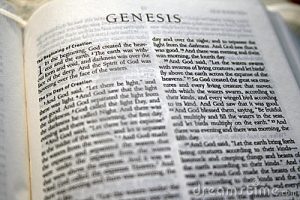 rning the Passover, and the First Fruits Offering. On the 10th day of the first month, the High Priest would go to Bethlehem to pick out the premiere perfect lamb that would be sacrificed, and bring it back thru the Damascus gate in Jerusalem, thru the streets and up to the Temple Mount to be inspected by the people. This is the path that Jesus took when He came thru the gate a half hour ahead of the High Priest of the Temple, riding on a donkey. On the 14th, after killing the last of hundreds of lambs, the last one being the premier or principal lamb, the priest would shout “It is finished”. That’s what Jesus said on the cross.
rning the Passover, and the First Fruits Offering. On the 10th day of the first month, the High Priest would go to Bethlehem to pick out the premiere perfect lamb that would be sacrificed, and bring it back thru the Damascus gate in Jerusalem, thru the streets and up to the Temple Mount to be inspected by the people. This is the path that Jesus took when He came thru the gate a half hour ahead of the High Priest of the Temple, riding on a donkey. On the 14th, after killing the last of hundreds of lambs, the last one being the premier or principal lamb, the priest would shout “It is finished”. That’s what Jesus said on the cross.
The Kidron Valley runs north-south between the Mount of Olives and the eastern wall of the Temple Mount and the town of Bethlehem. This valley actually continues all the way from Jerusalem to the Dead Sea. The total length of the valley is 20 miles, and it descends about 4,000 feet. Before sunset at Passover, the High priest and his associates would leave the temple mount after putting the last lamb in the oven, and walk to the
Kidron Valley, crossing a bridge, into a field of barley that is alongside of the Mt. of Olives, where there is a large cemetery. The barley crop near Jerusalem is marked by tying about 10 bundles together, without pulling or cutting them from the roots. This could occur any day of the week, from Saturday evening to Thursday evening, depending on when the first day of the month begins.
Passover is in part, the day of the slaying of the thousands of Lambs, the 14th day of the month, and is the sacrifice itself. The remaining part of Passover is after sundown, which starts the 15th day of the month. It is that evening and night when Yehovah went throughout
Egypt and killed the first born of every house, but He “passed over” houses that had the lamb’s blood on the door posts. The Passover meal is the eating of the roasted lambs and unleavened bread after sundown of the 14th, or the start of the 15th day of the month. The barley from which the bread is made from must be from the previous year’s harvest, and not the current year’s harvest.
What is called “the Last Supper”, was when Jesus sat with 42 or more of His disciples in a large room, but it was not the Passover meal. Please read Matt 26:17-19 from the KJV:
17 Now the first day of the feast of unleavened bread the disciples came to Jesus, saying unto him, Where wilt thou that we prepare for thee to eat the passover?
18 And he said, Go into the city to such a man, and say unto him, The Master saith, My time is at hand; I will keep the passover at thy house with my disciples.
19 And the disciples did as Jesus had appointed them; and they made ready the passover.
I declare this to be a copy error in translation, because it is wrong, and impossible. Jesus was on the cross and put in the tomb on the 14th, and the feast of unleavened bread would not start until later that day after sundown. That’s why it is wrong.
They ate “the last supper” meal in the late afternoon of the 13th day, the day before Passover. Then, they went to the Mt. of Olives. Afterward, they went to a place called Gethsemane.
But after sundown, which started the 14th day, Jesus was betrayed by Judas and taken by the temple guards. The morning of the 14th day, at about nine o’clock, is when the high priest begins the six hours of sacrificing the thousands of lambs on the temple mount. This is the same space of time that Jesus was on the cross. Yeshua was paraded around, tried, and convicted in the kangaroo court of the Sanhedrin, all through Tuesday night, and condemned by Pilate at about 8:30 Wednesday morning. The Sanhedrin wanted to hurry and kill Jesus before the Passover meal that evening. They didn’t want to wait another week.
The Pharisees were in charge of the Sanhedrin, a seventy member ruling body of Israel. Jesus had exposed them as wicked false teachers, which put their own doctrines and traditions into Jewish Law. The Sadducees were the chief priests in charge of the temple service, and the ones that perform the wave offerings of the first fruits.
When the disciples of Jesus were speaking of the Passover meal, they were expecting to eat it the next evening after the day of the Last Supper, which would have been the beginning of the 15th day, or the night of April 28th. But instead of eating the Passover meal, the disciples were together in shock and lamentation over the hasty trial, death, and burial of Yeshua.
After bundling the sheathes of barley on the evening of Passover , when the other priests go back to the temple, the High Priest goes under the temple Mount into Mt. Moriah, and stays secluded, by himself, untouched by any other human, until Sunday morning, perhaps 10:00, when he begins offering the first fruits of the new year’s harvest to Yehovah. Near sunset of the weekly Sabbath, which is Saturday evening, the associates of the High Priest have walked across the Kidron Valley bridge again, and the bundles of barley are cut after sunset and carried to the temple to be parched in fire.
If Passover, or the 14th day is on the Sabbath or Saturday, the gathering of the barley is delayed seven days because the first fruits and the feast of unleavened bread cannot begin on the same day. Also, the priests cannot bind or cut the ten stocks of barley on the Sabbath, and there must be at least one day from marking the barley until cutting the barley. So they wait until the next day, which is the first day of the week, to bind the barley, and the High Priest stays in seclusion six days until the following Sunday.
In the case of Yeshua, when the earthquake split the rock where He was crucified, it also disrupted twenty-four graves in the cemetery at the Mt. of Olives. The priests would see the disrupted graves when they tied the 10 bundles of barley together. Jesus arose about 5:15 PM, two hours before sunset on Saturday, seventy-two hours after His burial. After sunset on that day, the priests would cut the barley and take them to the temple. However, after they left, the twenty-four elders rose from their “marked” graves, and followed the priests back into Jerusalem, where many people saw them.
The Day of First Fruits, also called Yom Bikkurim, occurs on the following first day of the week after Passover, which is Sunday. The first fruits offering is made in the Temple on Sunday Morning, giving thanks to Yehovah and asking Him for a good harvest year. If Passover is on the Sabbath, they wait until the following day, which is Sunday evening, to bundle the barley an hour before sundown, and will cut and carry the barley into the Temple after sundown the following Saturday, so that they will not do extra work on the Sabbath.
Meanwhile, the High priest stays in seclusion, in a cave in Mt. Moriah, from the time the barley is bundled, until the time the barley is offered in the Temple.
On early Sunday morning, the first wave was when Mary (of Migdal) tried to hug Yeshua (John 20:17), He said “Touch me not, for I have not yet ascended to my Father”. What He was saying is that since He was the High Priest of the Kingdom, He was still in seclusion and could not be touched until after he had presented the First Fruits offering (the 24 elders) before the throne in Heaven, as the First Fruits of the resurrection of the saints. Jesus returned to Earth later that morning and met the women of the second wave (Matt 28:9), allowing them to touch Him. Later that afternoon, He intercepted the two disciples on the road to Emmaus.
The final feast of the Spring is the Feast of Weeks, which we will discuss next in Part 5.
Staff Writer; Herman Cummings
You may also purchase this writer book which is entitled; Moses Didn’t Write About Creation.













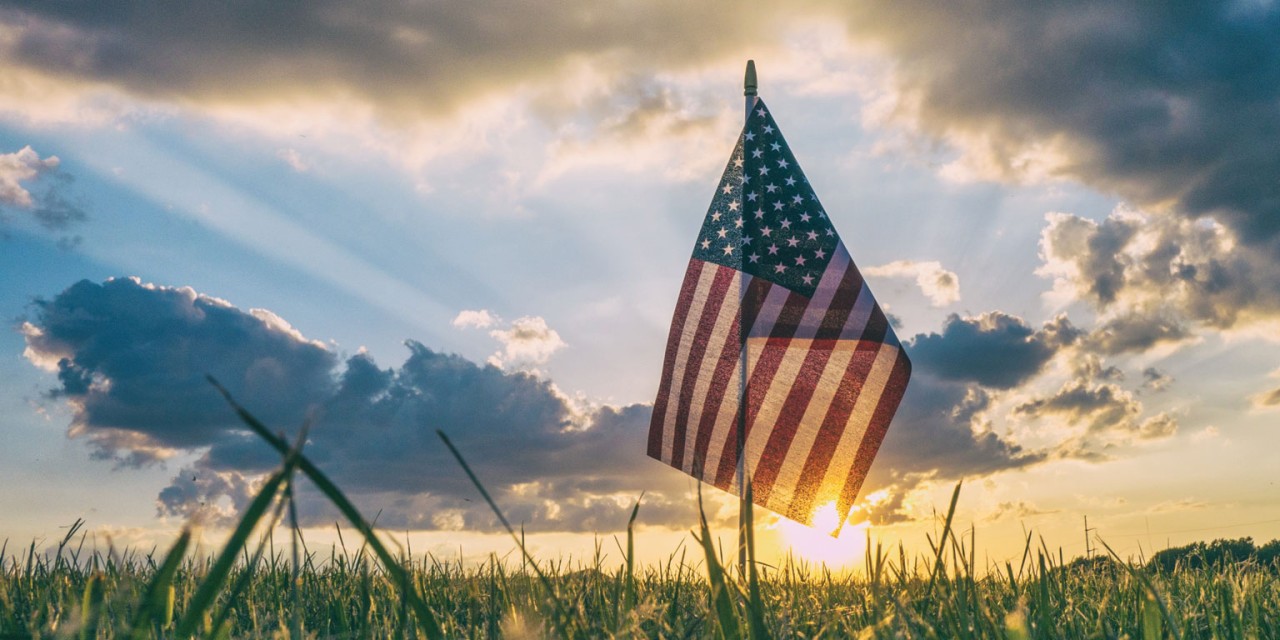
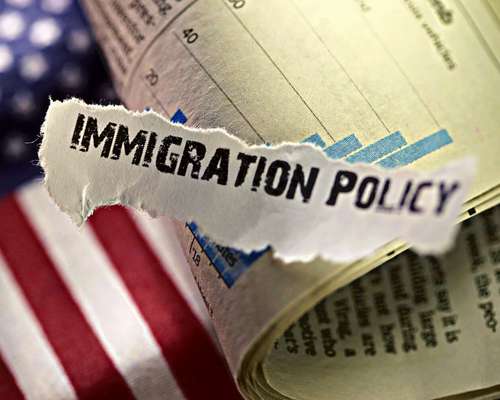
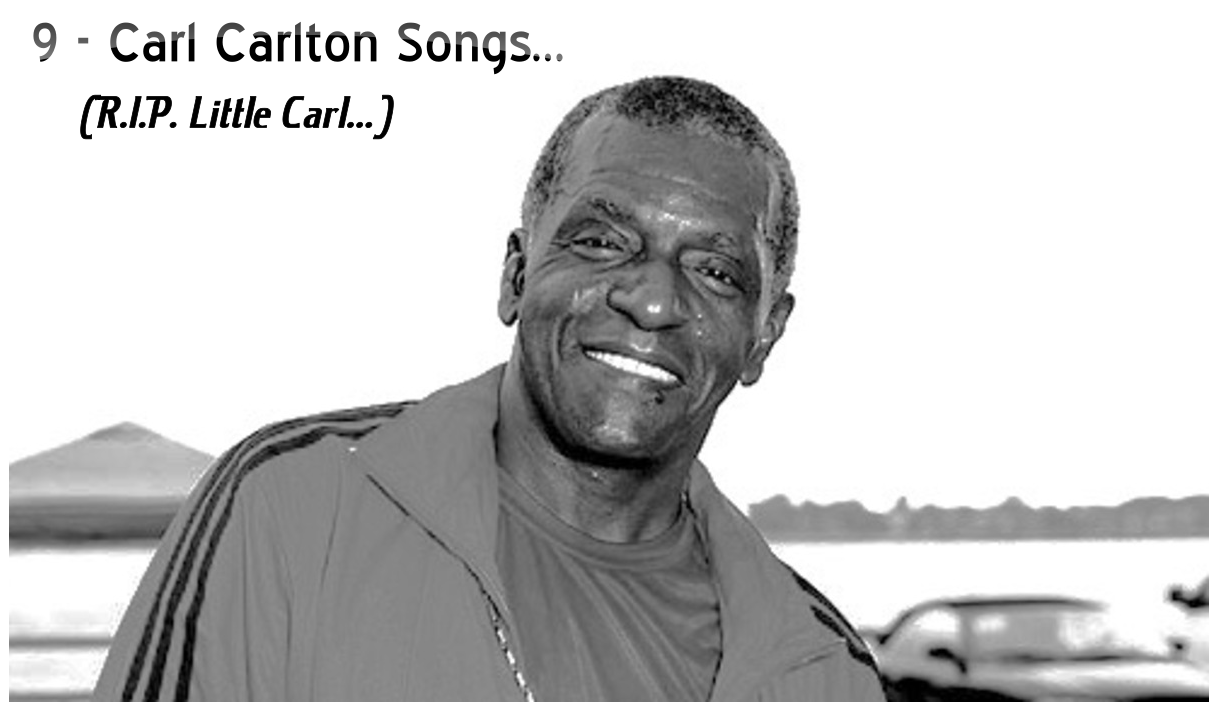
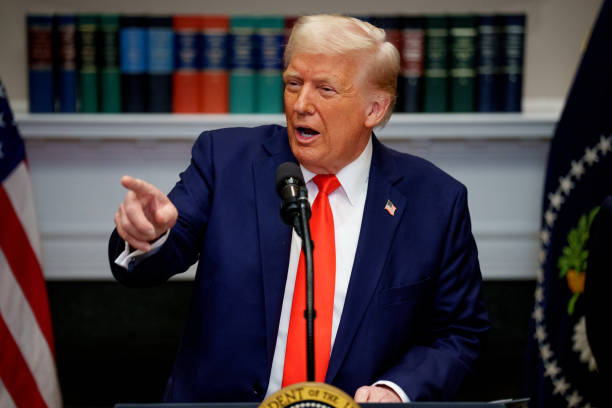
Hi. Better late than never. I learned this from a man named Michael Rood. I encourage you to go to his site, https://roodstore.com .., and prepare for “A Rood Awakening”. Get the Hebrew calendars, Chronological gospels, and other good stuff. However, he does not have the truth about Creation, Salvation, and Final Disposition.
Herman
ephraim7@aol.com
To: Herman Cummings
I found your article very interesting! I’m interested in knowing where you found the information about the High Priest staying in seclusion until Sunday morning for the wave offerings of the first fruits. Would you supply the resource reference for this info? I’ve been studying this subject for awhile and never heard about this. Would greatly appreciate your help. Donna